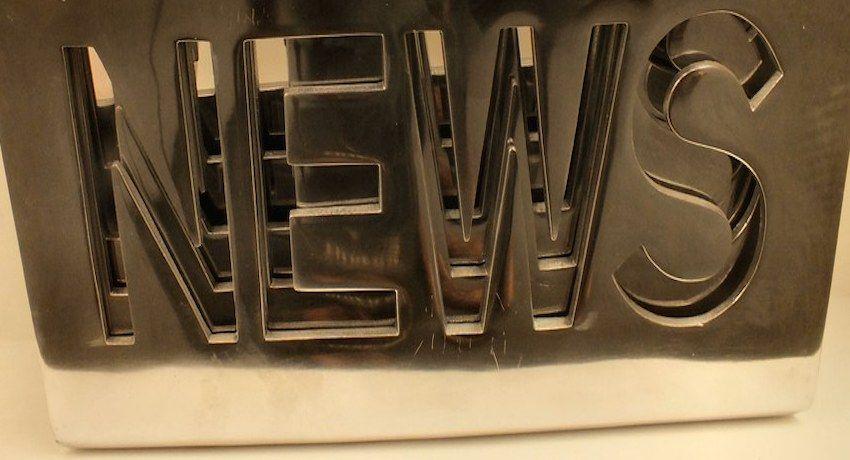
SKECHERS CASE
The shoes brand Skechers USA was seeking the EUTM registration of the sign “ARCH FIT”, for footwear in class 25. The EUIPO and at a later stage, the Boards of Appeal, refused this EUTM application, pursuant article 7.1.b) and c) EUTMR, since the Board considered that the sign for which registration was sought, was descriptive for the goods applied for and, therefore, lacked distinctiveness.
The Skechers company then lodged an appeal before the General Court, claiming that the Board didn’t evaluate correctly the requirements for assessing the distinctive character of the mark. The applicant considers that even ordinary words can be used as distinctive marks if they possess a minimum degree of distinctive character.
From its side, the General Court agreed with the BoA’s arguments and disposed that the mark “ARCH FIT” for which registration was sought, was descriptive as regards footwear in class 25, and therefore a lack of distinctive character was appreciated for the purpose of article 7.1.c). The Court held that the English-speaking general public will understand the terms “ARCH” and “FIT” as a “clearly recognisable characteristic of the goods offered”.
Even more, the Court stated that the general consumer will understand that “the footwear in question is designed specifically to fit the wearer’s foot arch”. As in this case, it is enough that this absolute ground for refusal exists for just a part of the relevant public in the European Union.
The Court also concluded that the existence of one absolute ground for refusal is sufficient enough to reject a EUTM application, without any need of examining further requirements. Moreover, the sign “ARCH FIT” was considered to be devoid of distinctive character for the purpose of article 7.1.b).
Therefore, all the pleas alleged by the applicant were refused and the Court dismissed the appeal.
US PUBLIC DOMAIN FOR “WINNIE THE POOH” AND “BAMBI” NOVELS.
The first day of each year, many works are added to public domain. On January the first 2022, two worldwide notorious creative works fell into the US public domain, becoming available for new adaptations.
We are talking about two original novels, dated of 1926: Winnie the Pooh and Bambi.
Just like in Europe, the term of copyright in the US is generally of 70 years after the death of the author, for works created after 1978. For works created before 1978, a plurality of laws apply (leading to a certain confusion and difficulty in calculating public domain entry dates); in the case of both works mentioned here, the relevant law is one that foresees that artistic or literary works will fall into the public domain 95 years after their publication.
As regards the films and cartoons that we all know, created by Disney, they remain copyright protected, since they are adaptions of the original novels. In other words, the images or the characters created by Disney are still protected by copyright law, since they were an adaptation of the novel, and therefore created afterwards.
As a consequence of the works falling into the public domain, there’s a new possibility for other adaptions of the novel to be developed, for example, reinventing, reimagining new adventures or stories, or even re-illustrating the existing characters, without interfering with the images created by Disney.
Winnie the Pooh and Bambi are just two examples of the works which passed to the public domain this new year, but there are others like Puccini’s ““Nessun Dorma” from “Turandot”, “The Sun Also Rises” by Ernest Hemingway or “The Murder of Roger Ackroyd” by Agatha Christie.
Note that this concerns the US public domain: it is possible that some works are in the public domain in the US, yet still protected in Europe (because, as mentioned, older laws did not protect the works according to the same rules). Therefore the above concerns the US market. In other words, it is sometimes possible to see cases where a work is in the US public domain and remains copyrighted in Europe – practically, this means that no licence / authorisation will be required to adapt the work in the US, but it will remain required in Europe.
Details
- Publication date
- 7 January 2022
- Author
- European Innovation Council and SMEs Executive Agency
